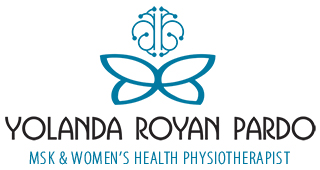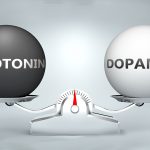What is Physiosexology?
Physiosexology is the part of Biosexology that encompasses a set of body techniques that are therapeutic tools that seek to harmonize Erotic Function. It was created by Dr. Marcel Caufier in the 80s.
The World Health Organisation definition for sexual health is that it is a “state of physical, emotional, mental and social well-being in relation to sexuality; it is not merely the absence of disease, dysfunction or infirmity. Sexual health requires a positive and respectful approach to sexuality and sexual relationships.”
Erotic function develops from when we are in the uterus and never stops. However, the development of erotic function can be stopped or interrupted at any time in our life if an emotional trauma appears. These events could be as disparate as childbirth, menopause or emotional disturbance such as the death of a loved one, a breakup or the diagnosis of a disease).
Sexuality is a taboo subject and exploration is not nurtured in many societies which leads to sexual dysfunctions in adult life.
What does the syndrome “sexual deficiency syndrome (SDS)” mean?
Sexual deficiency syndrome is defined as difficulty in stimulating erotic function; of entering the erotic game, of finding pleasure and / or having anguish with respect to sexuality and with respect to the body (in particular with the sexual organs). The symptoms of this problem may manifest itself in many parts of the body.
Sexual symptoms; anorgasmia, dysorgasmia, Dyspareunia (pain during intercourse), vaginal dryness (lubrication problems and erotic sensitivity), premature ejaculation and erection problems.
Somatic symptoms; headaches, migraines, pain in the back, neck, chest or abdomen, nausea, and dizziness etc.
How can these dysfunctions be treated?
Through techniques including: sexual education, proprioception of the pelvic floor, muscle toning exercises, relaxation techniques, manual therapy to rebalance the articular and muscular system of the pelvis, sensory massage, therapeutic exercise, hypopressive gymnastics and clinical Pilates.
Sexual dysfunctions should be treated from a multidisciplinary approach, since they can involve organic, psychological or functional factors (normally sexual dysfunctions are related to other pelvic floor dysfunctions, such as muscle hypertonia, lack of elasticity, vascularization and scars) and all of them can be corrected with physiotherapeutic techniques. Pelvic physiotherapists who should be considered as fundamental members of the interdisciplinary team in the treatment of sexual dysfunctions.
Recovering and balancing erotic function is crucial, since sexuality has important functions of socialization, psychological and physical balance. If it is integrated educationally and socially, it constitutes a powerful factor of social cohesion and individual openness.
Having a good erotic function does not mean having sex every day, or having many partners or practicing all the Kama Sutra postures. Good erotic function is based on the feeling of being satisfied with what is done, how it is done, with whom and when it is done.
If you would like to learn more about physiosexology and how physiotherapy can help you to restore your erotic function please email me hello@yolandaphysio.com or visit the physiosexology page for more information.


